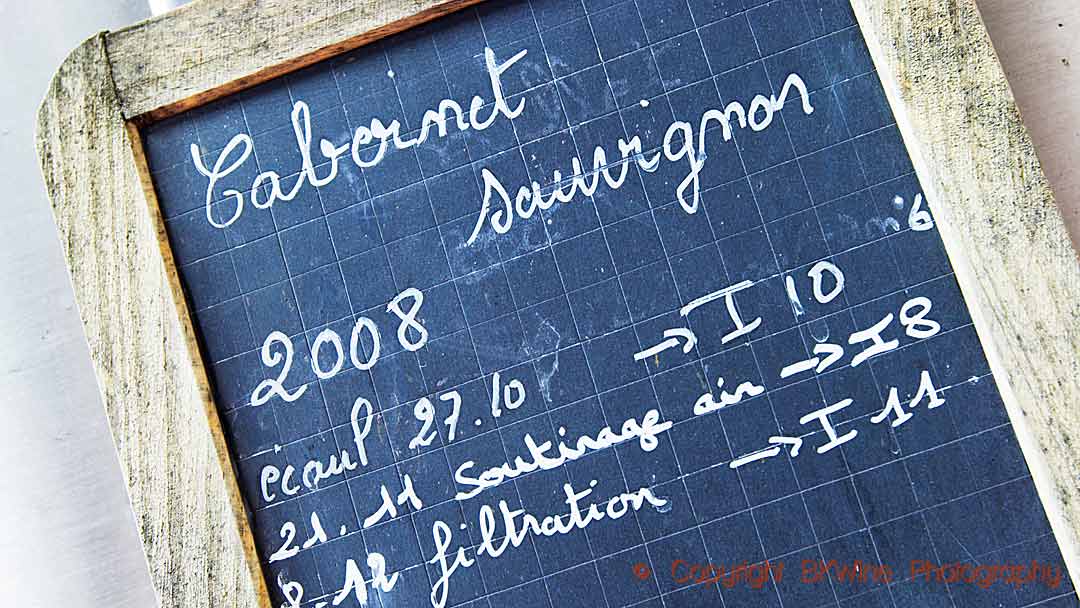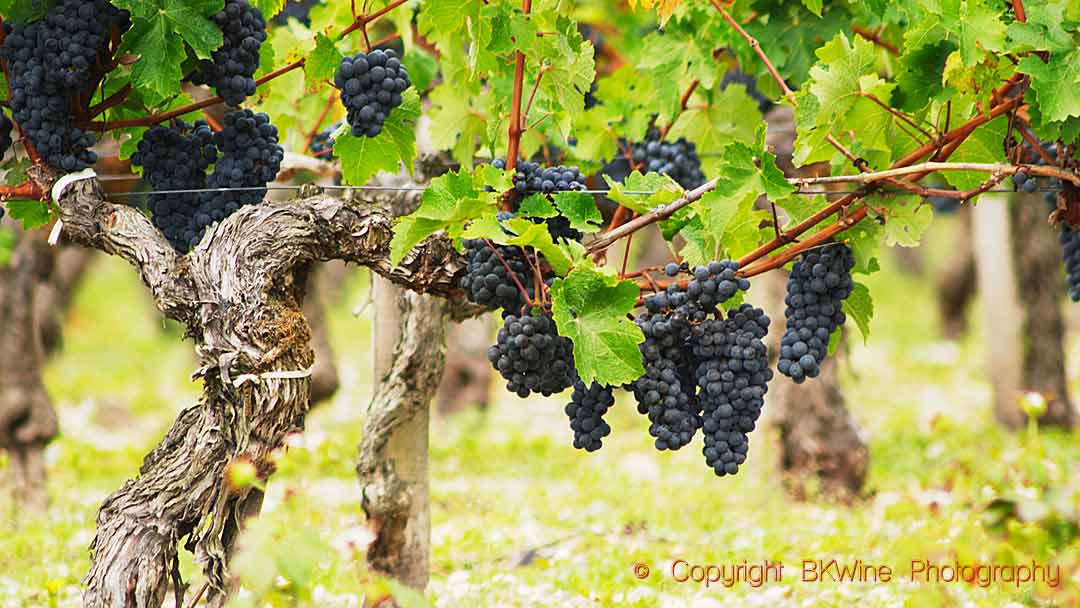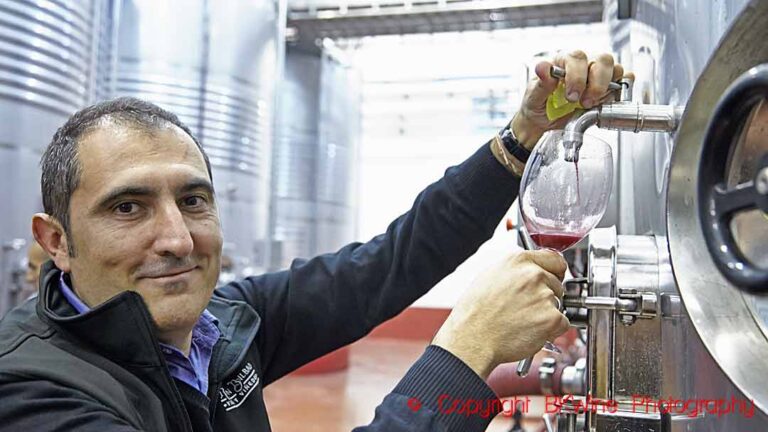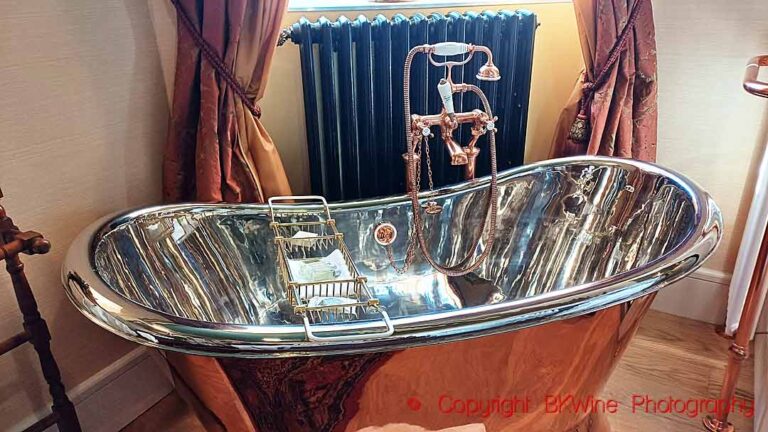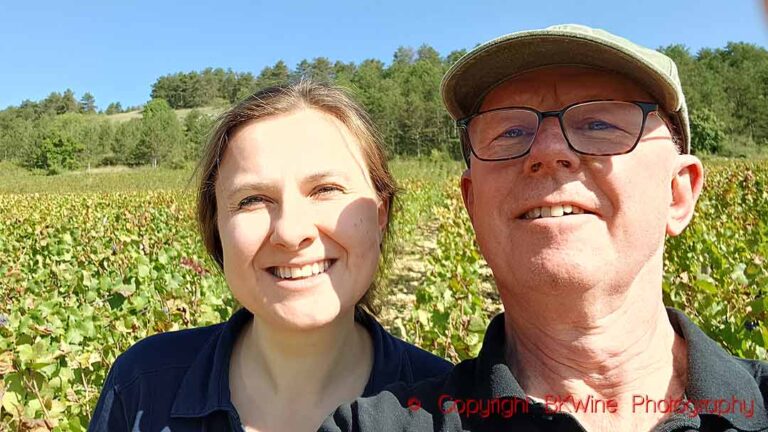No, your Bordeaux wine will not soon be made from other grape varieties, as some headlines have implied.
Last year, producers in Bordeaux approved a proposal to experiment with grape varieties that have never been grown in the region before. As a way to manage climate change, they decided to propose to allow:
- White:
- petit manseng,
- alvarinho
- liliorila
- Red:
- arinarnoa,
- castets,
- marselan
- touriga nacional
Now, the INAO (Institut National de l’Origine et de la Qualité) has given their official approval and the producers in the Bordeaux and Bordeaux Supérieur appellations can start planting these grapes, except petit manseng which was not accepted by INAO.
Some of the grapes are very unusual. Liliorila is a crossing made in 1956 between chardonnay and baroque, a grape from Béarn. Arinarnoa is also a crossing from 1956, between cabernet sauvignon and tannat. Castets is a grape that probably originally comes from the Bordeaux region. All three have good resistance to fungal diseases.
However, this does not mean that a claret can have six new grape varieties. It is an experiment that will be conducted over ten years and then evaluated. Only the two appellations mentioned above may plant the grapes and not on more than 5% of their surface. They may constitute a maximum of 10% of the blend and they cannot be mentioned on the label.
Read more vitisphere
Travel: Join us at BKWine on a wine tour to Bordeaux to discover all the magnificent wines.


